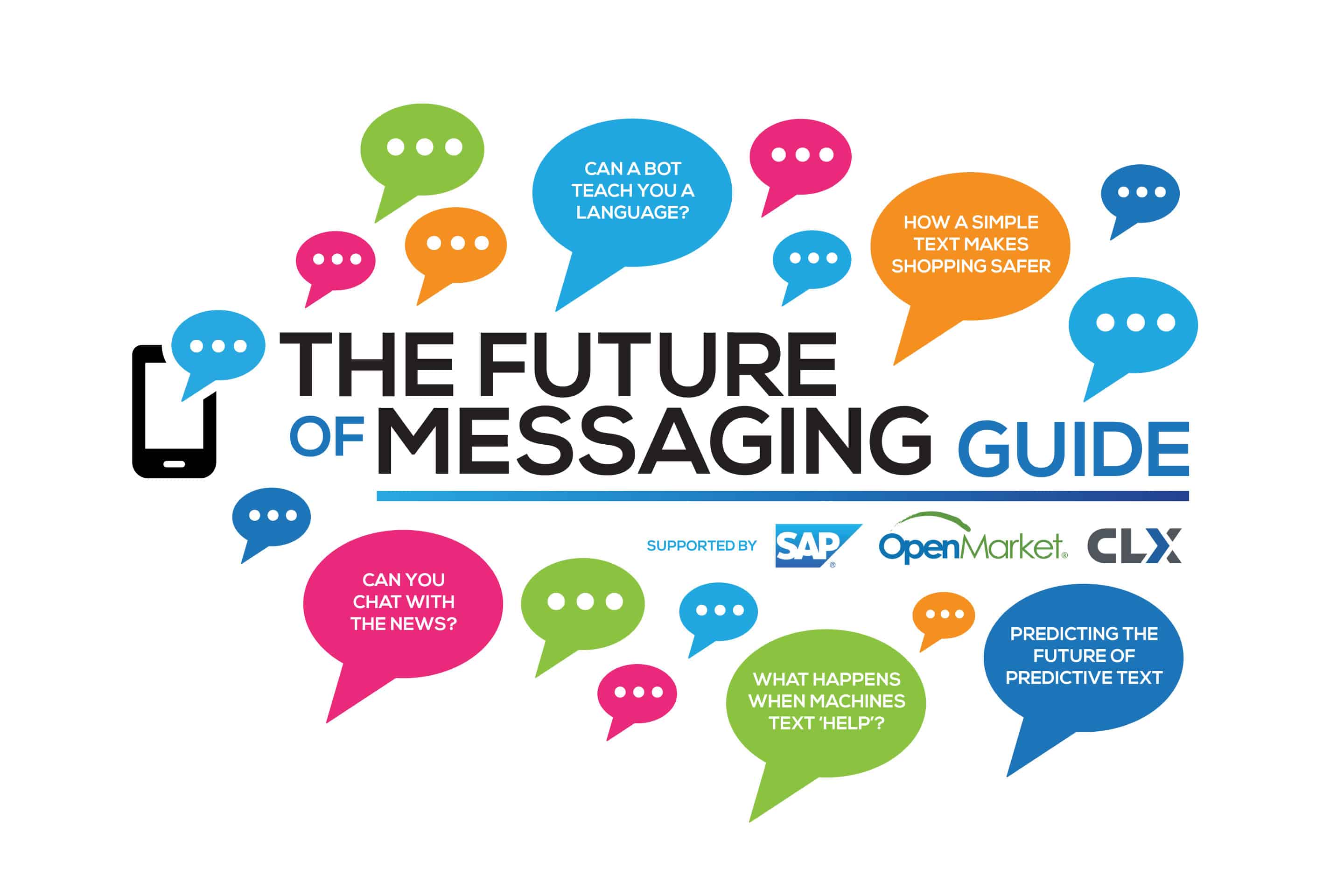Mobile messaging taps into the human desire for contact. But what about the human desire for privacy? Alan Duric, co-founder and CTO at Wire wants to bring it back.
Here he talks to MEF Minute features editor, Tim Green about his privacy-first chat app as part of MEF’s recently published Future of Messaging Guide which can be downloaded here for free.
The success of mobile messaging proves one thing. However fast technology moves, people beings will always want to communicate with other people.
Every social network – Facebook, SnapChat, Line, WeChat – just reminds us of this basic human need.
But in the rush to embrace these exciting new forms of communication, has another basic human need been overlooked? What happened to privacy? Was Mark Zuckerberg right when he said privacy is ‘a social norm that has evolved over time’?
The makers of the fast-growing messenger platform Wire don’t think so. They launched the Wire app in 2014 to bring privacy back to digital conversations. The web site stated: “In the physical world we talk with each other directly. We can lower our voices or close a door to share private thoughts. In the online world we should be able to communicate without passing our private communications through corporate data mines.”
I see the privacy issue as a little like the passive smoking debate. It’s taking a while for people to realise the damage it can do. But attitudes are changing.
So the app launched with no ads, no profiling and end-to-end encryption of voice calling. It then added end-to-end encryption of everything sent over the app – text, pics, video, music. That differentiated the service from competitors such as WhatsApp and Telegram, which offer only some parts their services in encrypted form.
For Wire co-founder and CTO Alan Duric, this is incredibly important. “Most messaging platforms were built for a world that was just about text. But now there’s video and music and collaboration and images. And people love to share these assets. So we wanted to make sure absolutely everything is encrypted.”
Next stop: IoT
But do people really care? After all, millions seem happy to engage with services that share their data. Duric says: “I see the privacy issue as a little like the passive smoking debate. It’s taking a while for people to realise the damage it can do. But attitudes are changing. For the moment, though, security is probably a bigger concern.”
 Protecting people from the criminals who are increasingly lurking inside message apps is critical, says Duric. And he believes if Wire can make messaging apps safe, it can also do the same for the IoT where the threat is arguably even greater.
Protecting people from the criminals who are increasingly lurking inside message apps is critical, says Duric. And he believes if Wire can make messaging apps safe, it can also do the same for the IoT where the threat is arguably even greater.
He says: “We’re already reading about hackers intercepting baby monitors. And about widespread ransomware. But imagine the ransoms they could demand if they took control of your car?” So this is where Wire will go next. In 2016 Wire open sourced its encryption protocol and its mobile, desktop and web apps. The next step is to open up the API so third parties can build their own secure services on top.
Road safety
Duric says: “Data in the cloud will always be prone to attacks. So the only way to really protect the IoT is to ensure the data at the end points is properly encrypted. That’s what Wire can do.”
Thus, a platform originally designed to make it safe and private to talk to your friends could end up securing the way a car ‘talks’ to its manufacturer. “In the future a car is going to be like an iPhone. It will have so many connected components and occasionally it will need a software update. Our platform will help companies like car manufacturers build security into these updates.”
Download the Future of Messaging Guide
The Future of Messaging Guide explores the uses cases, platforms & technologies that are changing the landscape of messaging globally. From A2P to OTT, chat bots to smart machines, we explore how the world’s most powerful medium is shaping up for tomorrow.
The guide features over 25 cross-sector case studies and exclusive interviews that examine the power of messaging in all its forms from the humble SMS and chat apps to emerging platforms and explores what’s next for messaging.
Download the free Guide






